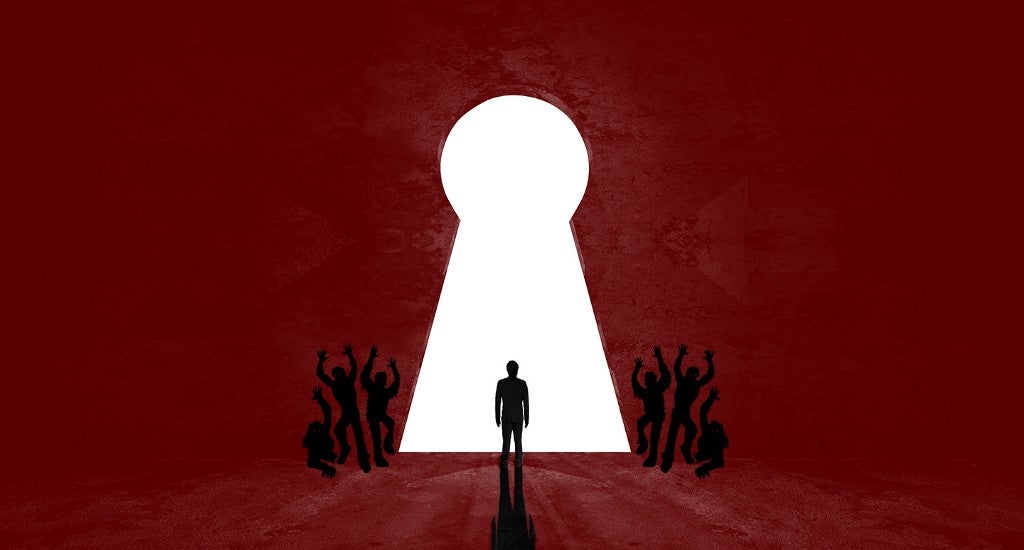The bus is dark and cramped. The hum of an air conditioner drowns out the possibly crucial narration coming from a small speaker. There are clues seemingly everywhere, and a timer counts backwards from 40 minutes. You must rely on some blacklight flashlights, cryptic words written in fake blood and your ability to work together with the other prisoners to free yourselves before it’s too late.
You’ve paid for this pleasure (about 20 bucks). Welcome to the Mobile Escape Room LA— part of a burgeoning worldwide entertainment trend, where teams have to solve their way out of various situations — with only the clues strategically hidden around the room (or bus!) to help them escape.
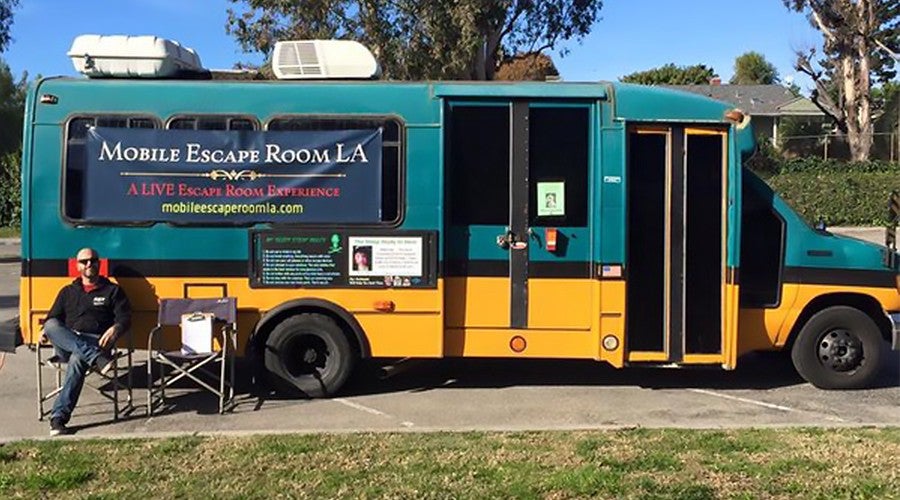
The escape room phenomenon dates to 2007, when Takao Kato started SCRAP Entertainment in Japan after watching a classmate playing popular escape video games — digital room replicas that they escaped on their phone or computer. The trend made the jump to America in 2012 (thanks to SCRAP’s Real Escape Game), gained popularity in 2014 and subsequently exploded with 2,800 rooms worldwide, according to MarketWatch. Most escape room operations are small-scale projects, dotting low-rent strip malls and office complexes, run by small business owners or chains. While they all have a common theme (escape!), new creators have stepped in with genre-bending ideas about how to run successful and more satisfying escape experiences.
For Darin Ross, his passion to build escape spaces came as a combination of a history in tabletop gaming and a storytelling art project called Find The Starlight: “It was all treasure-hunting stuff. That’s really what escape rooms are; they’re micro treasure hunts. It’s the same parts of the brain that enjoy figuring stuff out.”
Game creator Corey Lubowich also came at escape rooms from a creative background: his background in theater. Lubowich brought his storytelling and set-building skills to build pop-up escape experiences at fan conventions like GeekyCon. Recently he launched The Aster Society — “an interactive puzzle game” that travels to your home.
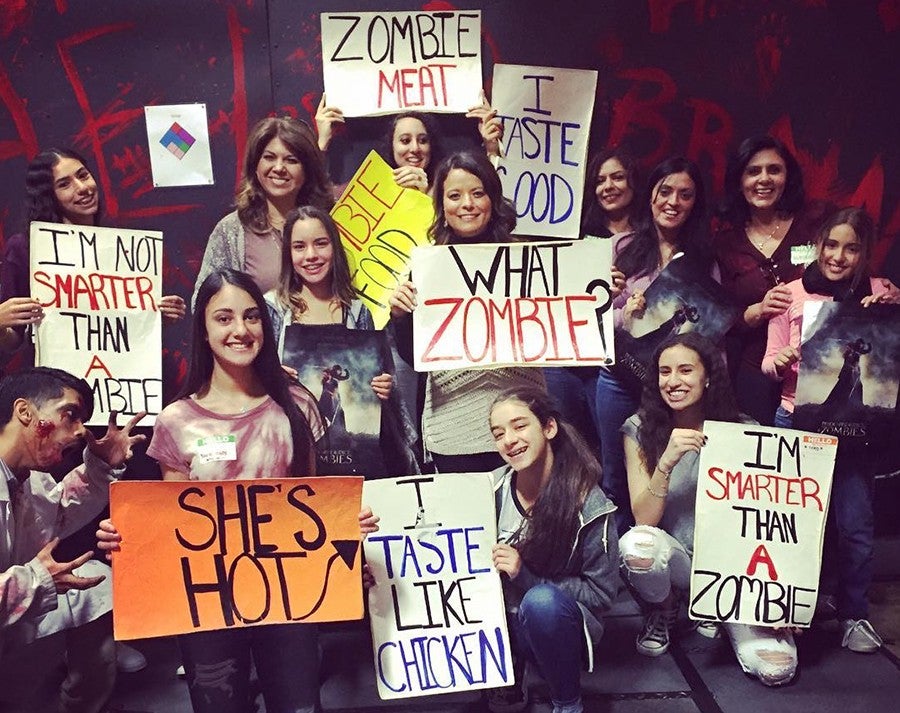
“The Aster Society is a secret society of master code breakers. The idea is that you’ve been enlisted to help with their case,” Lubowich said. “An Aster Society courier comes to your home with some objects, so it’s less about escaping from a room and more about breaking into an object.”
Whether the game comes to you or you go to the game, the network of escape room creators find ways to support one another. John Carey and Ryan Markley, creators of the Mobile Escape Room LA, promote other escape rooms with fliers at the front of their bus, quick to excitedly expand on their favorites. And most creators have something positive to say about another room they’ve loved. For a field that’s starting to feel a bit crowded, there’s a surprisingly little amount of rivalry: “You don’t have competition in a market where you can’t really go back to a thing [for a second time],” said Ross. “It’s good for all of us making these rooms, because we’re always going to have a customer base looking for new ones to try.”
While Ross thinks the industry can hang on to its collaborative culture as it grows, he sees big money as inevitable. “I’m trying to build the equivalent of the locally-owned little bookstore everyone loves, but the Barnes & Nobles are coming,” he said. “It’s just a matter of time.”
“I think we haven’t quite hit the tipping point yet,” added Lubowich. “It stems from the idea that we live in a world where everything is digital and accessible and repeatable. Escape room games are the exact opposite of that. There has to be an additional premium put on that live experience.”
So before the Walmart of escape rooms hits the scene, the minds behind some of Los Angeles most interesting escape experiences shared their thoughts on what makes an exceptional room.
Choose a good theme and stick with it
Take Carey and Markley, who, along with Carey’s sister, Jessica, as a business partner, transformed their band’s tour van into an escape space — making use of the vehicle’s existing bunks to build the theme around a sleep study gone wrong. What used to house up to 10 musicians now fits four to six team members — still a tight squeeze.
“Timing is everything,” explained Carey. “We took a break from touring, we were on the fence about selling this vehicle, and we played an escape game that was a four-player. It’s very small, and we realized it’s not necessarily about how big the room is: it’s about how great the puzzles are.”
Luckily, the idea that Carey’s former tour bus could house an escape room only added to his vision to support the evolving culture of escape rooms by making it so they could come to you. The typical escape room model no longer had to contain four walls.
“First and foremost is theming,” says Ross. “If you’re ever in an escape room and you’re told you’re in da Vinci’s workshop and there’s acoustic tiling on the ceiling but you’re in what was clearly an insurance office three months ago … that breaks things.”
Lubowich agrees: “It’s very difficult to have all your puzzles relate to a story or theme—at some point you have to suspend your disbelief. But getting it to the point where the puzzles make some sort of sense is difficult! It’s really easy to make a game hard, [but] it’s really difficult to make a game that’s hard and still on theme.”
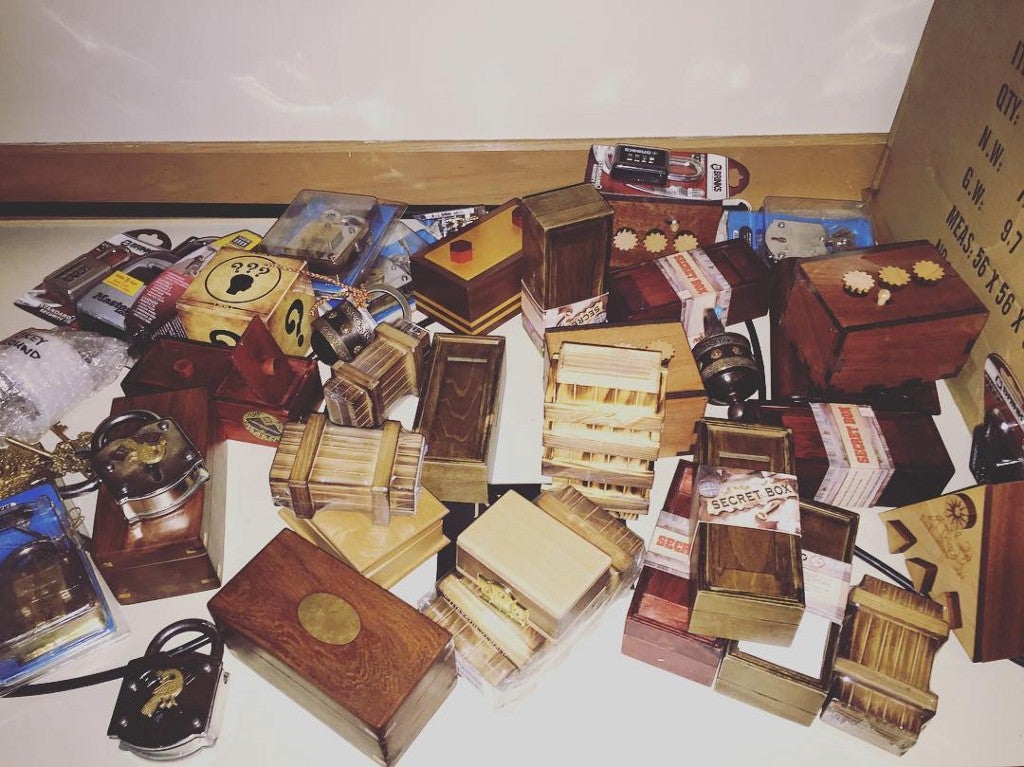
Everything in the room has to have a specific purpose
Whether it’s a true clue or red herring, everything in an escape room should serve the greater purposes of the story and narrative.
“You don’t want to have to worry, Is this broken, or is this a clue?” said Lubowich. “It’s tricky when there’s a puzzle where if you move something, you have the possibility of messing [the game] up. In a good game, you shouldn’t be worried about messing something up. If someone’s taken the time to really focus on the detail of the physical objects, chances are they’ve thought through the gameplay as well.”
Use logic, not just locks
“Games that rely heavily on a ton of number locks, or even just repetitive types of locks … that usually means it hasn’t been thought through,” said Lubowich. “Oh, I have a three digit number and I have to try every lock to figure out which lock this number goes with! At that point you’ve solved the puzzle. It’s just a mechanical thing, and that’s not super satisfying.”
“The puzzles just have to make sense,” said Markley. “Just be logical about it, don’t overthink it. We’ve played some games where you have to think, How the hell did you come up with these solutions?”
When you’re using countdown clocks, timing is everything
“You really have to think about how long each puzzle is going to take, maximum,” said Carey. “On an hour game that maybe involves eight to 10 steps, you should time each puzzle so no one spends 15 minutes in one spot. There’s a balance. … Some of our puzzles could be solved in a minute, but it could take up to five.”
“I start with a narrative structure,” said Lubowich. “How does the game progress? Any puzzle can be easy to difficult, depending on how you give clues and where you place those clues. I make those decisions in play-testing. If multiple teams are getting stuck somewhere, it’s too hard. Or if everyone is blowing through that, then that’s giving them the answer off the bat.”
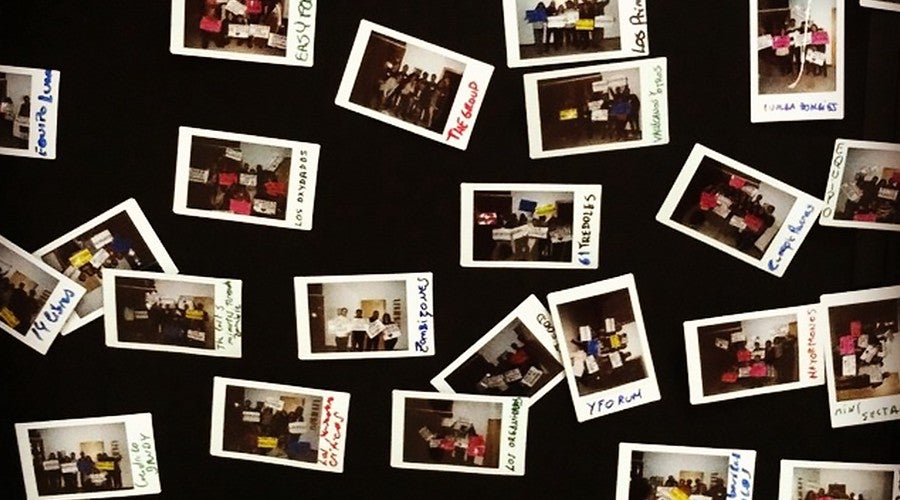
Keep a realistic headcount
“It’s so important to make sure everyone can be involved,” said Carey. “Packing [in] more players is sometimes just a way to squeeze more money out of your hour.”
The more small achievements, the better
“There’s some sort of dopamine hit when you figure things out,” said Ross. “I used to be a teacher, and it’s the same thing when you learn something, when something clicks into place. I like to make that happen in people’s heads. For me, it’s all about giving a person within an hour as much of that as I can.”
“It is like a video game, where you have those early levels where they teach you how to run and jump and solve puzzles — the easy parts,” said Lubowich. “I think a good escape-room game does the same thing. It should teach you the mechanics, it should teach you how to play the game.”
“We want people to experience a game, not frustration,” said Carey.
Make a room that can work for as many different types of people as possible
Of course, once you’ve broken into an object or broken out of a room, the experience isn’t repeatable. Creators go through the trouble of building a game and a business, only to limit their repeat customers until they’ve built a totally new experience. For Lubowich, he looks at it in a positive light as a feature of the genre, not a problem: “You don’t get to game over, start again.”
“I’m dealing with that by knowing I’m making a one-off product,” said Ross of his upcoming rooms. “If that is something I’ve accepted as a business model, then it’s up to me to make that one thing as good as it possibly can be. In some you can see it’s a quick churn money grab, but I’m designing this to be an experience people remember for a very long time. While I could make games that are very specific to people that are very into one thing, I like to make it hit as many people as it can.”
“What’s nice is you already know those people like this stuff,” said Ross. “It’s easy, I think, to please people coming into an escape room. Even the worst escape rooms I’ve ever done I’ve loved. If you solve one puzzle, you’ve still solved that one puzzle. You’re still excited.”
Rae Votta is obsessed with obsession. You can find her covering the world of digital entertainment for The Daily Dot in Los Angeles.
